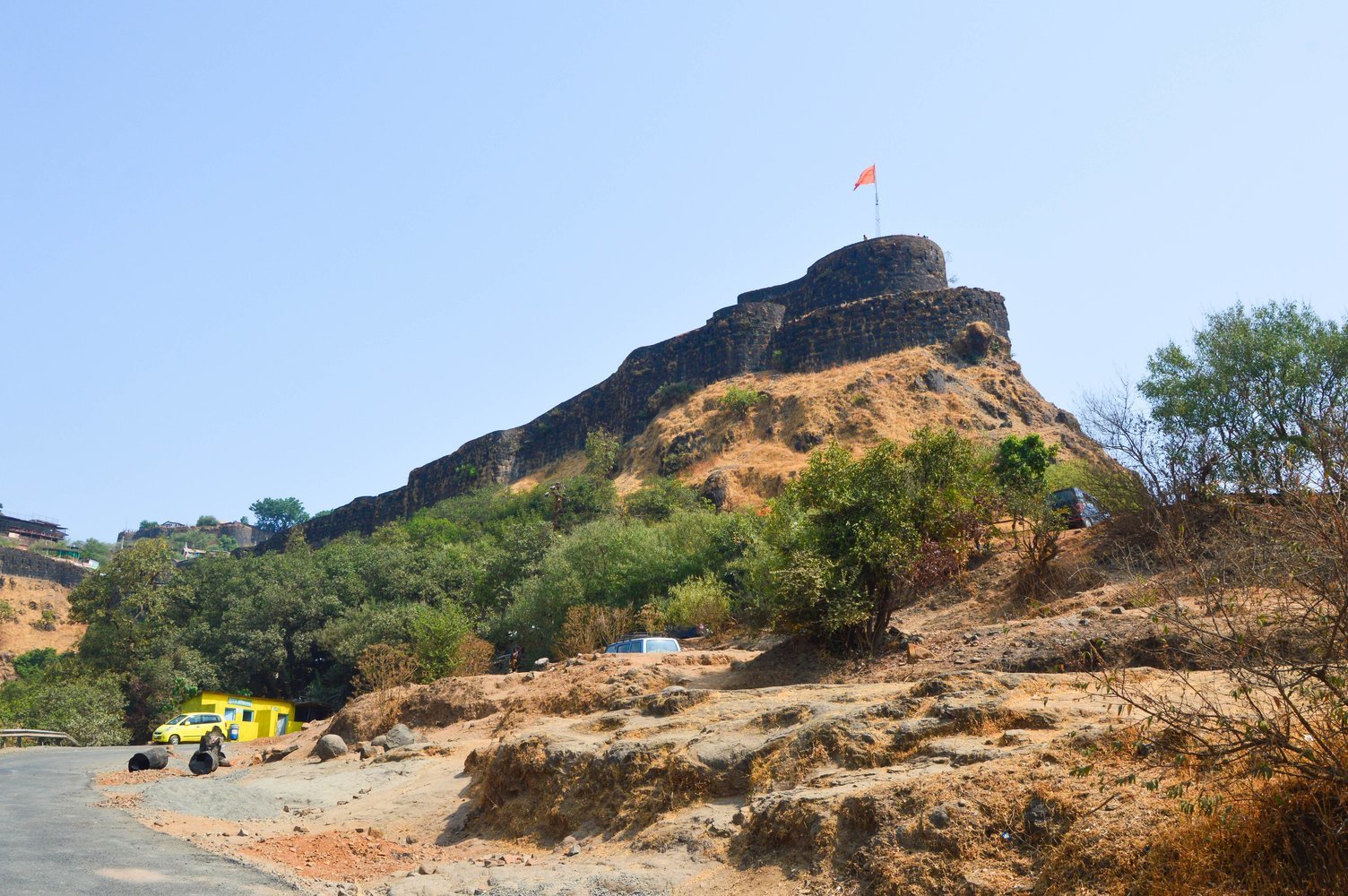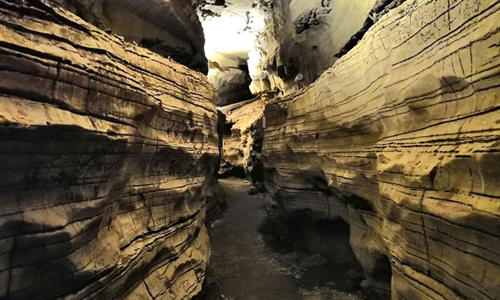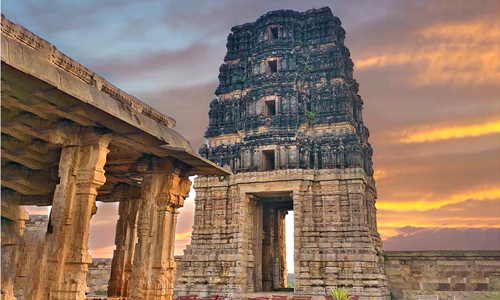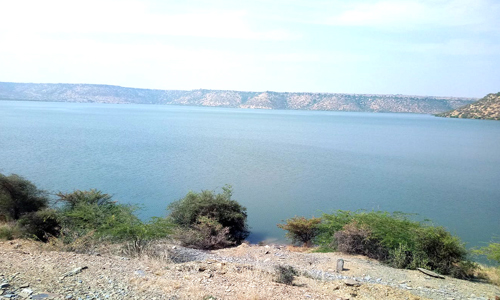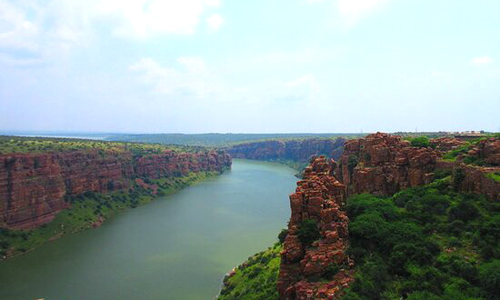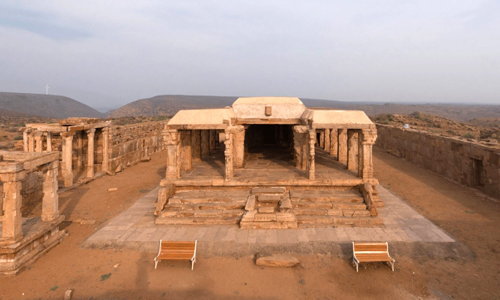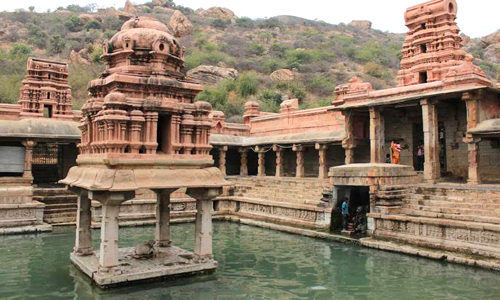The Jamia Masjid is an old mosque inside the Gandikota Fort. It is one of the most important places to visit in Gandikota. It is one of the must-see places and is also famous as the Central Mosque of Gandikota. The builders created the mosque as a great example of unity in variety by constructing it next to a Hindu temple. The Jamia Mosque of Gandikota is very big and resembles the Charminar in Hyderabad. Its design is simple.
History of Jamia Masjid
The Jamia Masjid in Gandikota has a rich history, dating back to the 15th century. The masjid was built when the place was under the rule of the Vijayanagara Empire. It was a very important place for the Muslims dwelling there. There are some beautiful arches and carvings that make up part of the Mosque building.
From its masjid, a number of events and changes have taken place in the past. The mosque was not that important earlier. With time, it developed to be an important part of the past and culture of the place. It is now a place associated with Muslim prayers.
Architectural
The Jamia Mosque of Gandikota is very big and resembles the Charminar in Hyderabad. Its design is simple. The mosque's walls aren't as shiny as they used to be, but the simple but beautiful Islamic design still manages to charm visitors.
The masjid's main door has many arches and is followed by the main prayer hall, where thousands of people used to gather to pray with all their hearts. The tower of the nearby Madhavaraya temple can be seen from the top of the entrance. The Jama Masjid is worth visiting during the GANDIKOTA TOUR PACKAGE.
Cultural Significance
The Jamia Masjid in Gandikota is an important cultural site that shows how different the area's history is. It portrays the major Indo-Islamic style that was adapted in the art and architecture of the Vijayanagara Empire. Still today, Muslims in the area come to the mosque for praying and other social activities; it keeps traditions alive, and people come together. This implies how opulent the religious and cultural past of Gandikota is by describing how crucial it is to history.


